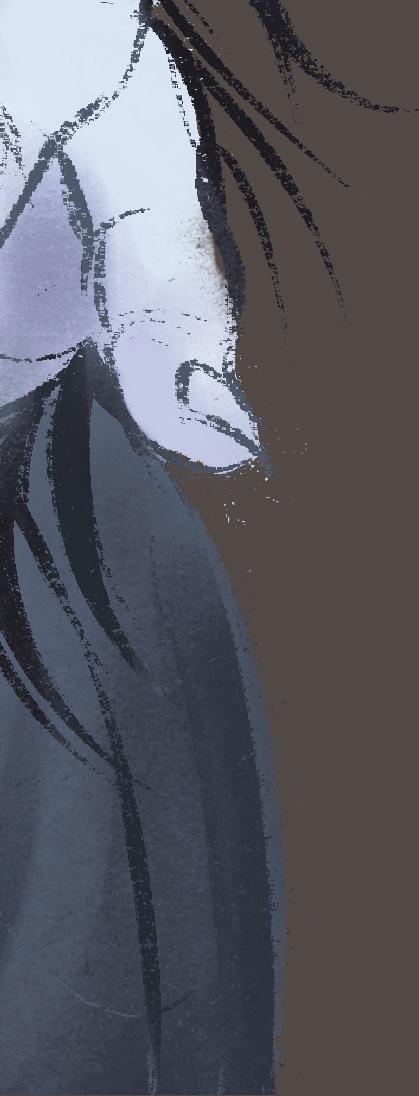Directors’ board makes priorities clear





The San Jose State Associated Students (A.S.) Board of Directors passed a letter of support for a social justice initiative in Iran, discussed California Assembly Bill 1947 and provided updates on the Yoshihiro Uchida Hall murals Wednesday afternoon.

A.S. voted unanimously to approve the resolution in support of the feminist movement in Iran.
That movement has been using the slogan, “Women, Life, Freedom,” according to an Oct. 5 article by International Politics and Society article, a magazine that reports on global social justice movements.
The Iranian feminist movement picked up national attention in September after the death of Zhina (Mahsa) Amini, an Iranian woman who died in police custody, which many have claimed were under suspicious circumstances.
A.S. President Nina Chuang said it was important for the board to recognize the feminist movement in Iran and was pleased that the
board voted unanimously.
“As a woman of color, one of the only few sitting on the board of directors, it was important for us . . . to make a statement together to really think about our intentions moving forward as we are leaders of this university,” Chuang said.
The board of directors also discussed AB 1947, a California Assembly Bill that details new policies for police officers in regards to reporting hate crimes, during its meeting.
The assembly bill “requires every law enforcement agency to adopt a detailed, specific policy instructing officers on how to identify, respond to, and report hate crimes.”
The board of directors said it wanted to discuss the bill because of the two hate crimes that occurred on campus this year.
The most recent hate crime on campus occurred the morning of Sept. 2.
“A hate incident . . . occurred this morning during which two Asian American students were verbally confronted by a non-affiliate woman of Latinx descent who told them to leave the country,” Interim President Steve Perez stated in a Sept. 2 campuswide email.
Perez said UPD was called to investigate and the students opted not to pursue the matter, though the assailant was banned from campus for the maximum of 14 days in compliance with regulations.
Magnus Herrlin, business sophomore and A.S. director of internal affairs, said discussing the assembly bill was essential to continuing to voice condemnation
of hate crimes on campus.
“It’s important that the board took a stand to support hate crime legislation and make sure that people who target others based on their race or another protected class are held accountable in our legal system,” Herrlin said.
In addition to addressing AB 1947, the board of directors
The A.S. board of directors voted unanimously to approve a letter of support for the Iranian feminist movement, which gained national attention in September after the death of Zhina (Mahsa) Amini. The 22-year-old Iranian woman died in police custody and many claim her death occurred under suspicious circumstances.
The board discussed California Assembly Bill 1947, which aims to enforce new policies on how law enforcement reports hate crimes. The bill “requires every law enforcement agency to adopt a detailed, specific policy instructing officers on how to identify, respond to, and report hate crimes.”
A.S. also announced that the university has allocated $10,000 funding, which was approved in April, for murals outside of Yoshihiro Uchida Hall that is intended to honor Japanese-Americans who were in internment camps during World War II. The board said the funds will be used for the service and maintenance of the murals.
whom were of Japanese American descent.
World War II-era Executive Order 9066 remained in effect until 1946.
discussed updates to the development of the Yoshihiro Uchida Hall murals, which are expected to honor Japanese Americans who were imprisoned in internment camps during World War II under Executive Order 9066.
Japanese Americans were put into internment camps in February 1942 after President Franklin D. Roosevelt’s Executive Order 9066, which authorized the evacuation of any persons who were deemed to be a national threat to security, a vast majority of
Uchida’s family was interred under the order at the start of WWII, while he was drafted into the army as he was attending SJSU as a medical technician, according to an April 6 Spartan Daily article.
The U.S. didn’t formally apologize to the Japanese American community until Feb. 19, 1976 when then-President Gerald Ford terminated the executive order and said: “We now know what we should have known then — not only was that evacuation wrong but Japanese-Americans were and are loyal Americans.”
Funding was approved by the
university for the murals in April.
Chuang and other board members said the mural project was given $10,000 this semester for service and maintenance.
A.S. also confirmed there will be additional donations from the National Association for the Advancement of Colored People and other San Jose organizations.
Chuang said phase one of the project will be focused on getting the murals created and there is a potential for statues to be added to the project.
Luis Aquino, director of intercultural affairs, praised Chuang for bringing the project to this point and said the university must acknowledge the contributions that Japanese Americans made to the university.
“I also think that it’s very important for us to acknowledge the history that the university has, and that includes the bad parts,” Aquino said. “This was an extremely difficult event that took place in Japanese history here in the U.S. and it’s important for us to recognize that.”
The next A.S meeting is scheduled to occur Wednesday, Nov. 9 at 3 p.m. in Student Union Meeting Room 1A.
Follow Nathan on Twitter @nathancanilaoIt’s important that the board took a stand to support hate crime legislation and make sure that people who target others based on their race or another protected class are held accountable in our legal system.
Magnus Herrlin A.S. director of internal affairs, business sophomore



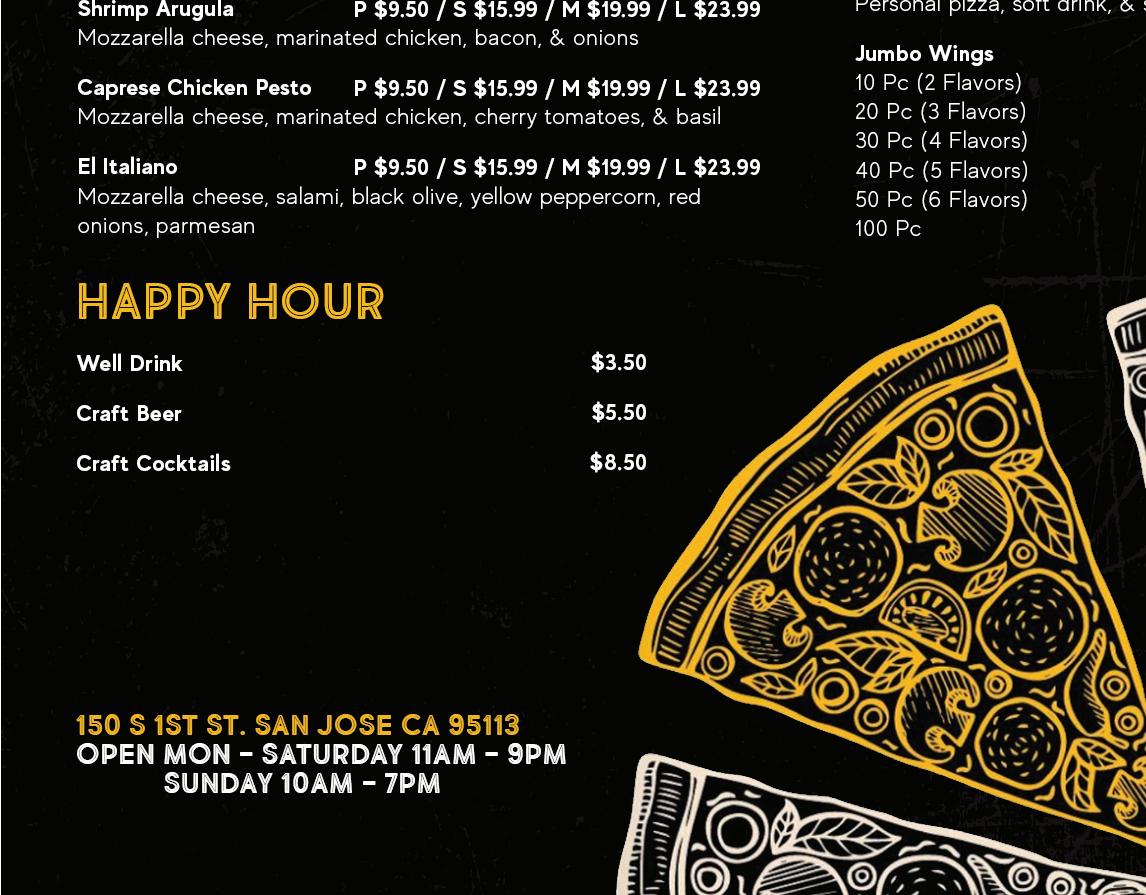

Fashion is an illustration of self-expression but with recent trends changing at lightning speed, some believe rewearing the same outfit is a faux pas.
Many trends are synonymous with fashionable zombies – once they die, they are bound to revive decades later.
Most people believe in the 20-year fashion rule, which is the notion that if people simply “look back twenty years, [they’ll] find the style inspiration many are drawing from today,” according to a Dec. 23, 2021 Forbes article.
However some fashion enthusiasts like Wila Mae Navarro, advertising junior and editor-in-chief for SJSU’s Her Campus chapter, see the 20-year trend cycle disappearing.
Her Campus is a college women’s magazine, for women and by women according to Her Campus’s about webpage.
“We don’t really have that anymore,” Navarro said. “There’s a new trend like every week, so it’s almost like nothing is trending because everything is trending at the same time.”
She said she understands that fashion is supposed to be fun but she encourages people to shop secondhand pieces or purchase
clothing items that they are going to love for a long time.
Micro-trends are a recent phenomena that distinguish itself from normal ones because they rise in popularity but leave the trend cycle much faster.
“Some [micro-trends last] less than one season,” according to a July 29 Good On You article, a platform reviewing clothing companies by their level of sustainability and ethics.
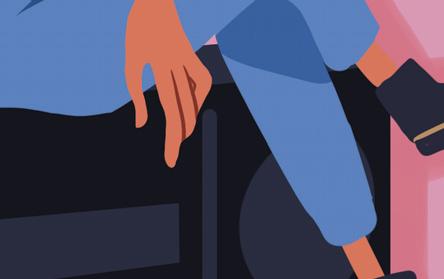
Prizzy Bosuego, business marketing junior and buyer at the San Jose curated thrift store Classic Loot, wants to provide sustainable, cute outfits that can be repeated regardless of trends.

Classic Loot is a thrift store located in Japantown, San Jose that sells secondhand and vintage clothing, along with accessories and other fun items, according to their Instagram page.
“I can kind of see where [someone is] coming from . . . but I feel like with the pieces that you made with that outfit, they can definitely be worn way more than once [or] twice,” Bosuego said.
SJSU alumna Jackelin Solorio shopped secondhand most of her life because she couldn’t afford new clothing but has never felt pressured to rewear.
“I always found a way to either accessorize or change something with my shoes, belt, or a scarf [to] feel like I’m creating a new look,” Solorio said. “But I can understand how this is something that may worry people who are just starting and learning how to shop responsibly.”
As a lifelong advocate of secondhand shopping, Solorio said she also sees it as a more environmentally friendly approach now.
“I found joy in finding and giving second opportunities to clothing that’s [been] discarded, and I feel that our society would benefit from being a little bit more sustainable and not just creating more landfill,” Solorio said.
She said following simple fashion rules allow her to feel sustainable while holding her accountable about fashion waste.
The U.S. generated about 13 million tons of clothing and footwear, according to a 2018 U.S. Environmental Protection Agency report.
The study also found that of that 13 million tons of clothing and footwear, 9 million tons were sent to landfills that year.
Bruce Olszewski, environmental lecturer and director of the Center for the Development, said that people wish-cycle –the practice of unintentionally recycling nonrecyclables while hoping that it will actually be
recycled – fashion without recognizing its detrimental impact.
“People buy it and use it then they end up ultimately discarding it, because it’s ripped or torn, or it’s out of fashion,” he said.
Olszewski said clothing - particularly fast fashion - is made from different polymers and plastics that are developed using unsustainable material including oil and often goes to landfills.
“There’s no market to take that [fast fashion] material and process it. So we have stuff [that’s] got some polymers in it [and] it’s not gonna get recycled, Olszewski said. “There’s not a mechanism for that.”
He also said the volume of material in the fashion industry is proportional to the increasing waste stream over time, especially when considering the whole supply chain which also uses a lot of unsustainable products and practices.
“As far as the stigma, I think it’s very harmful financially [and] socially,” Prizzy Bosuego said. “We always feel like we need something fun and fresh every single fucking day. I feel like when you buy a piece, your intention should be to wear it more than once.”
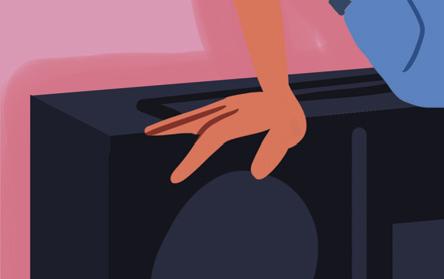
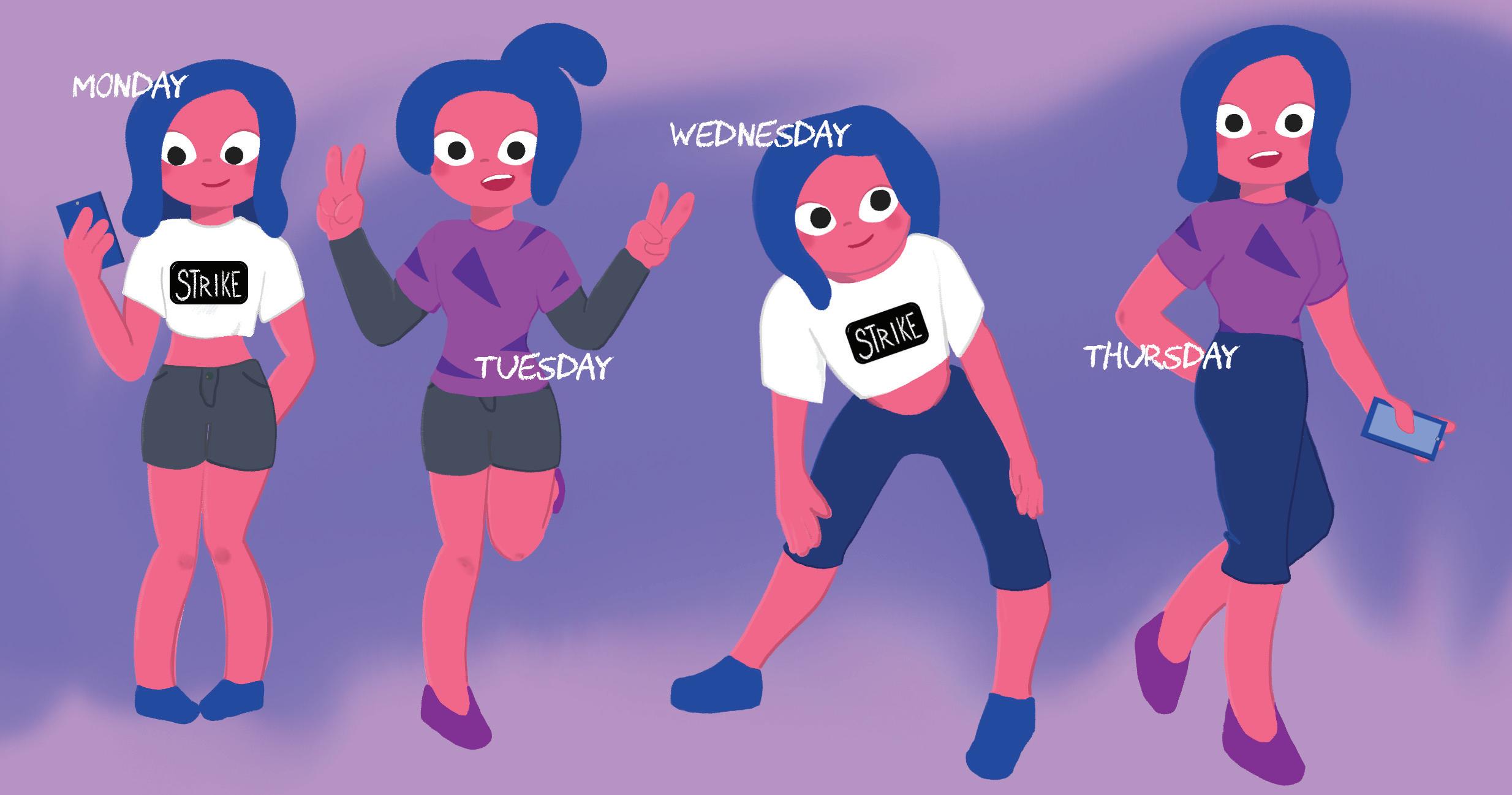 By Saumya Monga ASSOCIATE EDITOR
By Saumya Monga ASSOCIATE EDITOR
Carly Rae Jepsen’s “The Loneliest Time” (released on Oct. 21)



Carly Rae Jepsen has assumed power as a pop queen. Her army? A group of people who are fanatic about every single thing she does. While many people think that she became irrelevant after her 2012 single “Call Me Maybe,” her foot soldiers were willing to fight naysayers with every single album release.
Her latest album “The Loneliest Time,” released on Friday, once again proves her pop prowess.
Everything about this album screams Carly Rae Jepsen.
While the sound on “The Loneliest Time” may be predictable, her fans love her for her sincere lyrics and consistent sound. She is someone you can count on.
The album features her danceable production with a little bit more funk. But the biggest message of the album is that you are not alone in your solace.
Jepsen is adept at making it feel like we are all dancing in our own rooms alone, but still together. It’s a very specific feeling that many fans of Jepsen understand.
Her reign is transcendent and at this point, it might be worthwhile to just give her a crown and throne.
Sam Fender’s “Wild Grey Ocean” (released on Oct. 25)
“Wild Grey Ocean,” released on Tuesday, is an homage to the “let’s get out of this town” rock music, the type of music that makes you want to get in your car and run away from home.
The British singer-songwriter Sam Fender feels like he was born in the wrong decade. His lyrical approach to rock music is reminiscent of artists such as Bruce Springsteen, who is a direct influence on Fender.
The song is a bonus track for the deluxe version of his Oct. 8, 2021 album “Seventeen Going Under,” which takes listeners through his life as a young boy from the North Eastern England town of North Shields.
His Geordie dialect, which is also a nickname for people from the Tyneside area of North East England, comes through as he sings “Tore apart your heart, running around this town.”
It is heart wrenching as he reflects on his complex past.
Fender is most potent when he is personal and this song addresses the deep-seated loneliness of his town. He has left but for some reason, he cannot get the “wild grey ocean” out of his head.

He can physically run away from his town but not emotionally. It will always be there to haunt him.
Saumya’s album of the week: Adam Melchor’s “Here Goes Nothing!” (released on Oct. 21).
On his latest album “Here Goes Nothing!” released Friday, Adam Melchor sings about toxic masculinity and the importance of expressing vulnerability.
Society often pays attention to the loudest voices especially with social media. Singer-songwriter Melchor, however, revels it in quietness.
The Persian poet Rumi once wrote, “Raise your words, not voice. It is rain that grows flowers, not thunder.”
There is a deep history of men feeling the need to hide their emotions. It’s a stereotype that has continued despite a 2021 scientific report that found men are as likely to have volatile emotions as women according to a Nov. 12, 2021 Forbes article.

Melchor casts off that stereotype. His voice feels like velvet, soft and incredibly smooth.
He sings “But truth is, I’m not really much of a tough guy / You probably already knew,” on the song “Cry,” as he figures out the reasoning behind why he feels the need to hold back tears.
The beginning of the album sees Melchor at odds with his sensitivity. But as the album progresses, he begins to see the value in breaking down his walls.
Following the song “Cry,” Melchor sings “And I know it’s a miracle / To let the tears run with a smile” on “Touch and Go.”
Crying is synonymous with weakness no matter your gender but Melchor’s album paints emotional vulnerability as a superpower. Because softness and finding solace in your tears is truly what grows flowers.
Stunning, vibrant altars created by local and Bay Area artists could be seen on the first and fifth floors of the Dr. Martin Luther King Jr. Library as part of the 25th Annual Art of Remembrance Altar Exhibit.
The exhibit, which opened Oct. 10 and will close Nov. 4, serves as a celebration of Día de los Muertos, also known as Day of the Dead.
Día de los Muertos is an indigenous holiday originating from southern Mexico that celebrates the memory of family members and loved ones who have died, according to a Tuesday USA Today article.
The event is hosted annually by the Africana, Asian American, Chicano and Native American Studies Center, which focuses on instilling understanding and appreciation of all cultures and academically supporting students among other goals, according to its webpage.
“It’s a diverse presentation as well as campus representation of the Chicanx/Latinx Success Center and also the Department of Chicano/Chicana Studies,” said Kathryn Blackmer Reyes, Africana, Asian American,
Chicano and Native American Studies Center director and university librarian, in a Zoom call.
Blackmer Reyes said she hopes students see beyond the religious aspects of the altars.
partners with the San Jose Multicultural Artists Guild and San Jose Public Library to create the exhibit every year.
Each altar is presented in a unique way and covered head to toe in radiantly colored flowers, garland and other decorations.
Altars, or ofrendas, feature memorabilia including photographs, cultural clothing and Virgin Mary portraits. They also contain offerings including Mexican pastries, fruit and alcohol.
Local artist Irene Berrones Kolb, who composed one of the ofrendas, designed a more traditional altar this year.

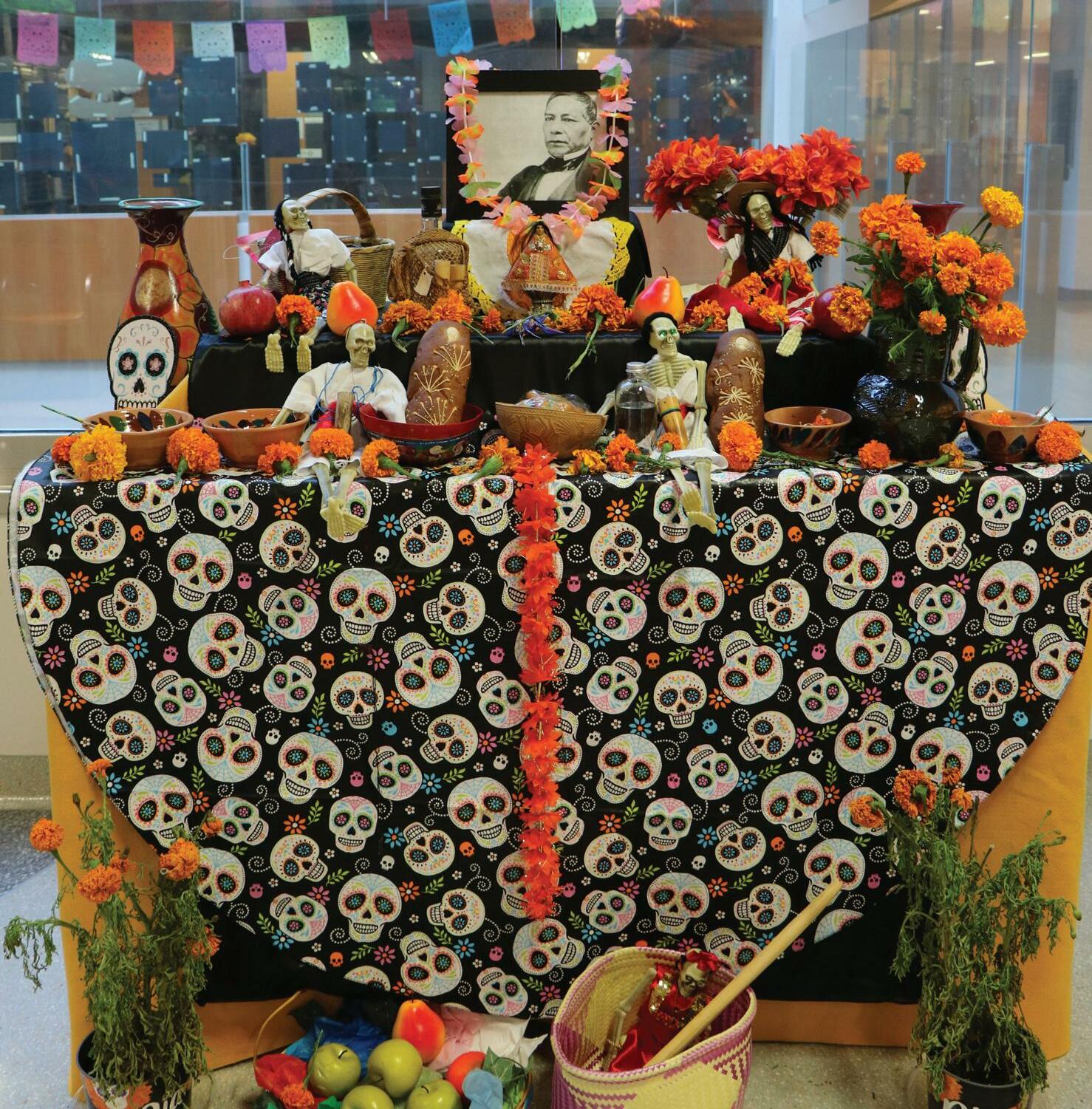

It displays photographs of her loved ones that she has lost.
Berrones Kolb said the pictures and memories that they hold were her favorite part of creating the ofrenda.
culture and their ritual of honoring the dead through various altars.
“I think a lot of times people who are not part of the culture don’t appreciate it,” Berrones Kolb said.
Stephen Nakamura, SJSU open university kinesiology student, said he was reminded of his own traditions by the altars.
“The altars and shrines that they erect for their dead relatives is very reminiscent of how many Asian cultures do it,” Nakamura said.
The ofrendas symbolize Mexican American culture and history and acknowledge the contributions and sacrifices they have made.
“It’s not just about recognizing those that have passed, but I think of how we, as individuals [can] contribute to change,” Blackmer Reyes said.
“You know . . . the symbolic significance of honoring those that have passed right, and I think right now we can all relate to that,” Blackmer Reyes said.
The Africana, Asian American, Chicano and Native American Studies Center
“The images of my family members that have passed and the beautiful memories I have of them, the fun memories,” she said in a Zoom call. “Visiting with them at their houses, celebrating people’s birthdays, celebrating milestones and just everyday stopping by.”
The public is able to see a part of Mexican
The exhibit depicts the importance of life and celebrating all lost loved ones so that they may never be forgotten.
“Everyone’s life is just so precious and important and it’s beautiful to be able to honor them no matter who they are,” Berrones Kolb said.
It’s not just about recognizing those that have passed, but I think of how we, as individuals [can] contribute to change.
Kathryn Blackmer Reyes Africana, Asian American, Chicano and Native American Studies Center director and university librarian
Who’s the
Nick Zamora STAFF WRITER



Few creatures are as iconic and as terrifying as the lurching, moaning and towering terror known as Frankenstein’s monster and it’s for more reasons than you might think.
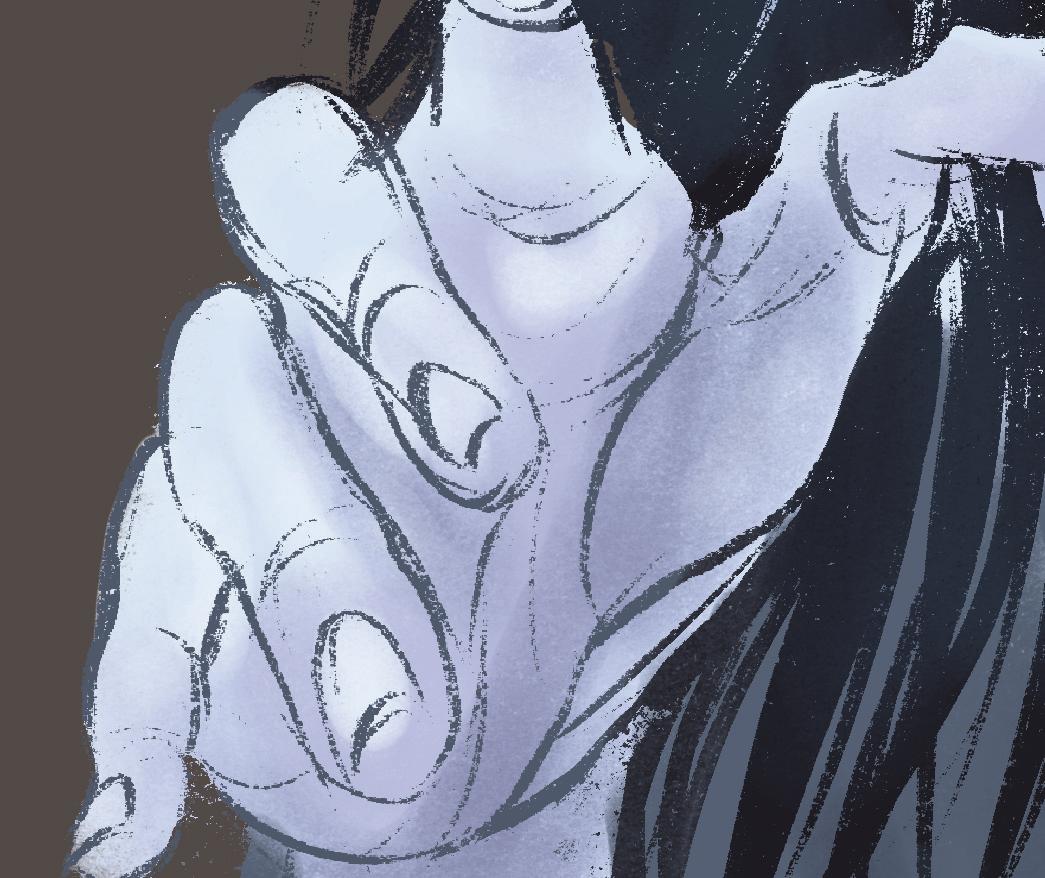
No monster encapsulates true terror in the way that Frankenstein’s monster does because ultimately nothing is scarier than the terrors we create for ourselves.
“Frankenstein; or, the Modern Prometheus,” was written in 1818 by English novelist Mary Shelley.
The macabre work was inspired by the death of several of her children and the political writings of her notable feminist mother of the same name, Mary Wollstonecraft, according to a Feb. 5, 2018 New Yorker article.
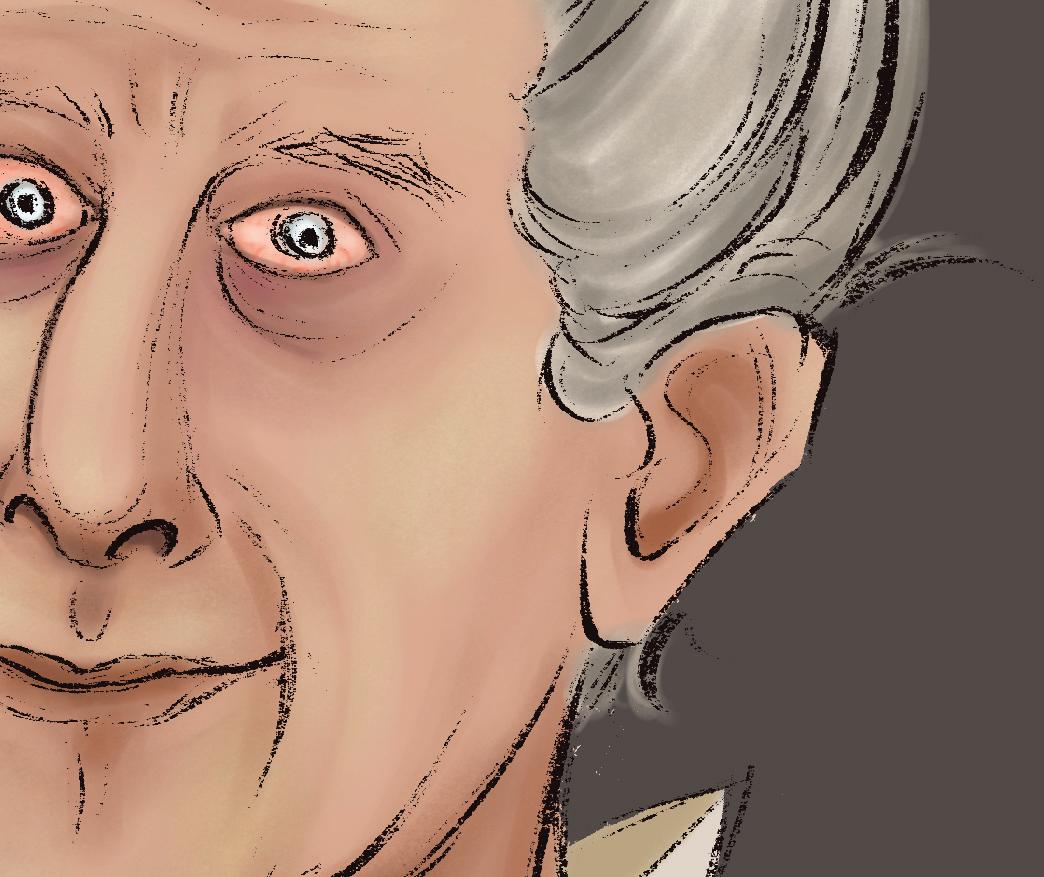
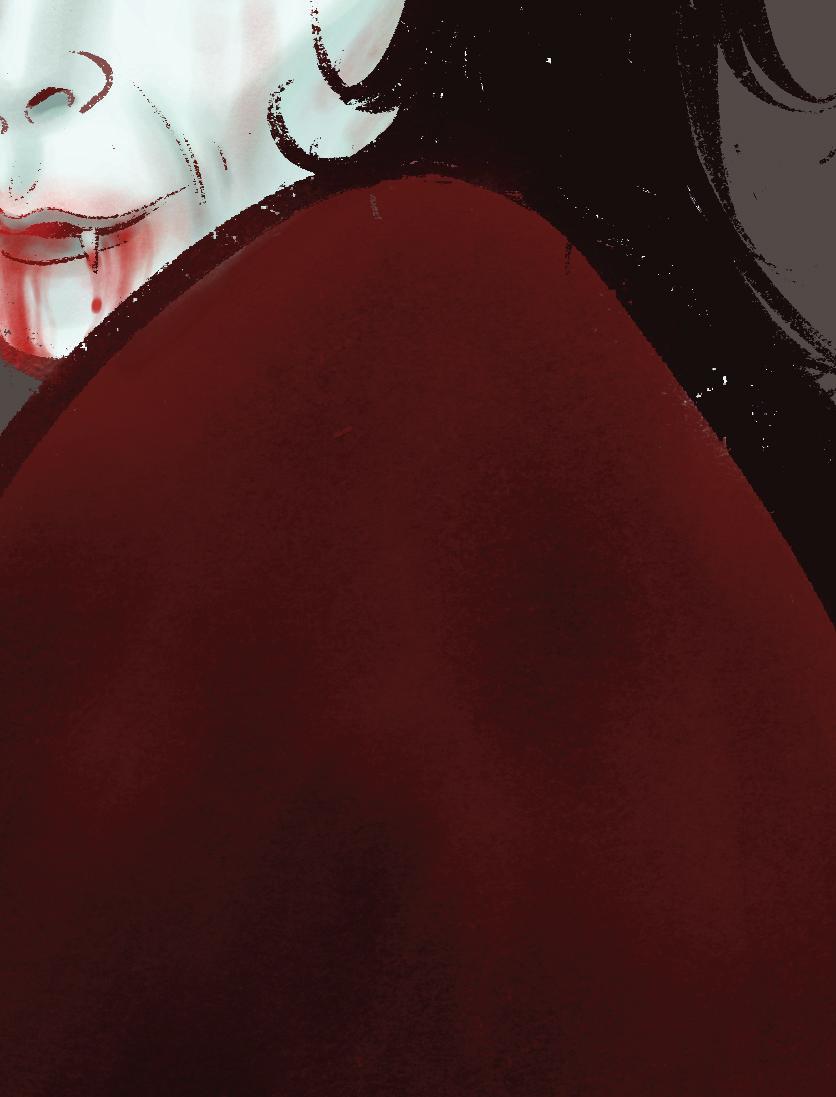

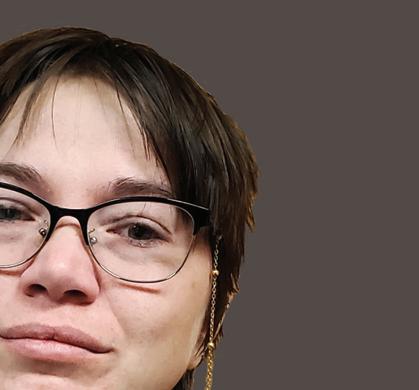
Like the monster itself, the story is an amalgam of several things.
It is a metaphor, an allegory and a warning, all at once, critiquing our understanding of bodily autonomy, the creation of life and our flagrant use of technology to dangerous ends.
Unfortunately, the more well-known depiction comes from the 1931 film “Frankenstein,” directed by James Whale.
The movie is inspired by Shelley’s original story but depicts the monster as an unintelligent, sewn-together creature who walks with knee-locked legs and moans.
Meanwhile, Henry Frankenstein is a crazed and manic doctor who wants to bring the dead back to life.
That depiction dumbs down the full weight and burden of the story presented by Shelley and we miss why we should be truly terrified of Frankenstein.
Shelley’s creature was quick, incredibly strong and








thoughtful. Instead of looking to scare those around it, the monster read things like Dante Alighieri’s Inferno and other works by British poet John Milton.
Frankenstein’s monster dared to ask why it was made and what was its purpose if no one wanted it. Meanwhile, its creator, Victor Frankenstein spirals downward into himself, struggling with the question of whether he went too far for the sake of science and discovery.
Humanity’s ability to create its own monsters is clearly present in horror movies and our respective imaginations but more aptly, all around us in our everyday lives.
Humanity’s ability to create its own monsters is clearly present in horror movies and our respective imaginations but more aptly, all around us in our everyday lives.
There are more than enough examples of humans coming face to face with the ghastly and ghoulish results of their prideful machinations, with Frankenstein’s monster being the ultimate metaphor for it.
Looking around today, Frankenstein’s monster is more terrifying, and arguably more relevant, than when it was written over 200 years ago seeing how technology as a whole has only become a bigger part of our lives as our creations continue to ruin us.
Vampires are by far the scariest Halloween monster with their immortality, their striking presence and their devious nature.
They are the OG scary monsters. Without them, Halloween would not be the same.
Their appearance is the spookiest with razor sharp teeth, slick hair and long capes, which adds to their otherworldliness.
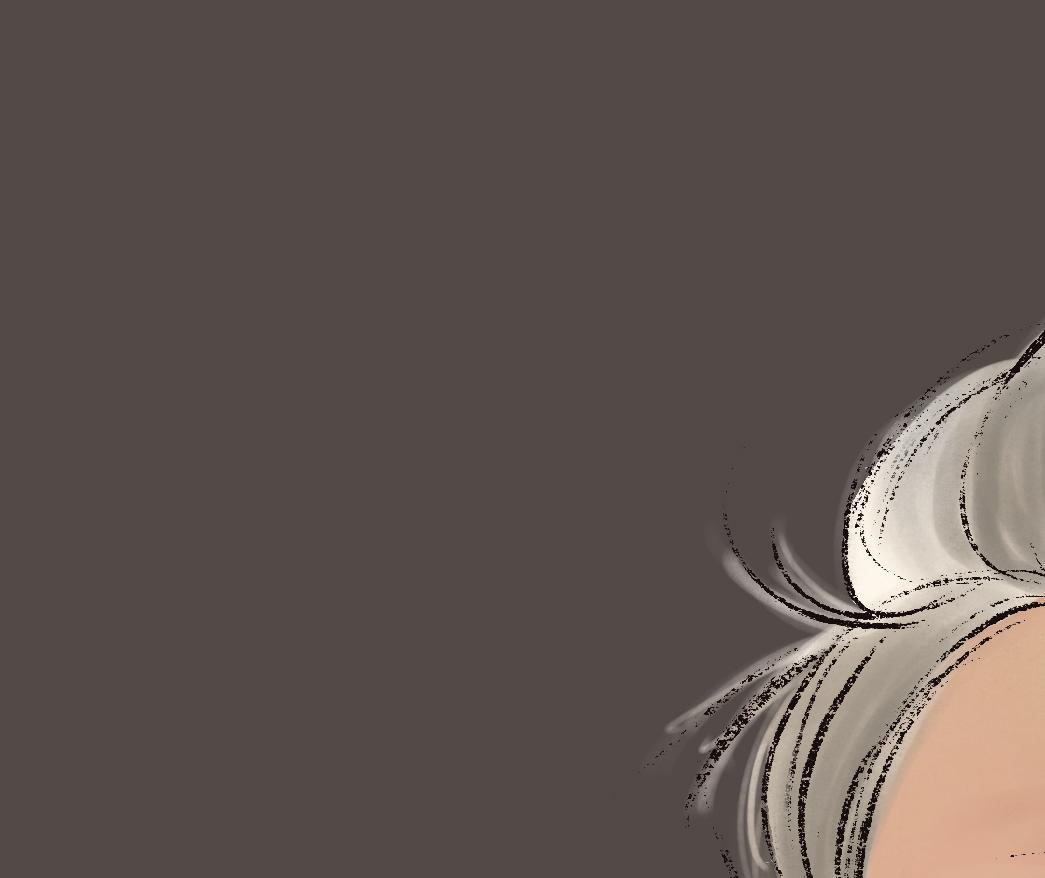
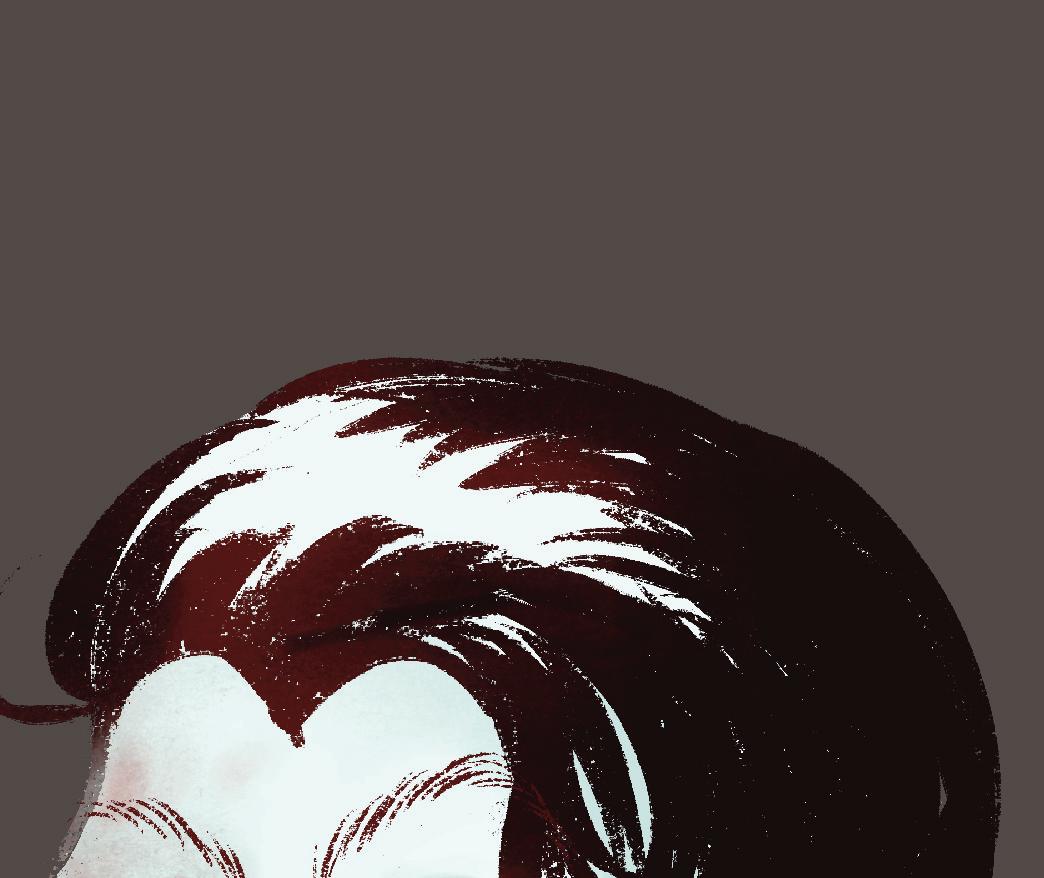
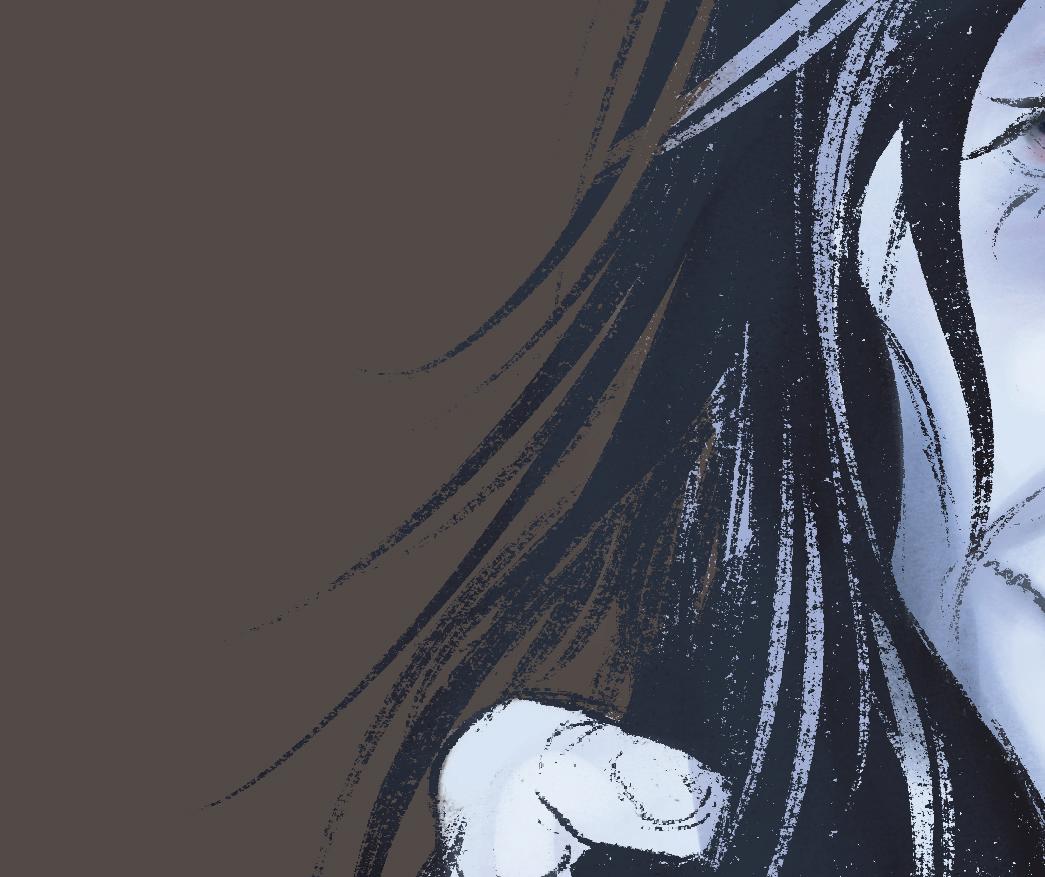
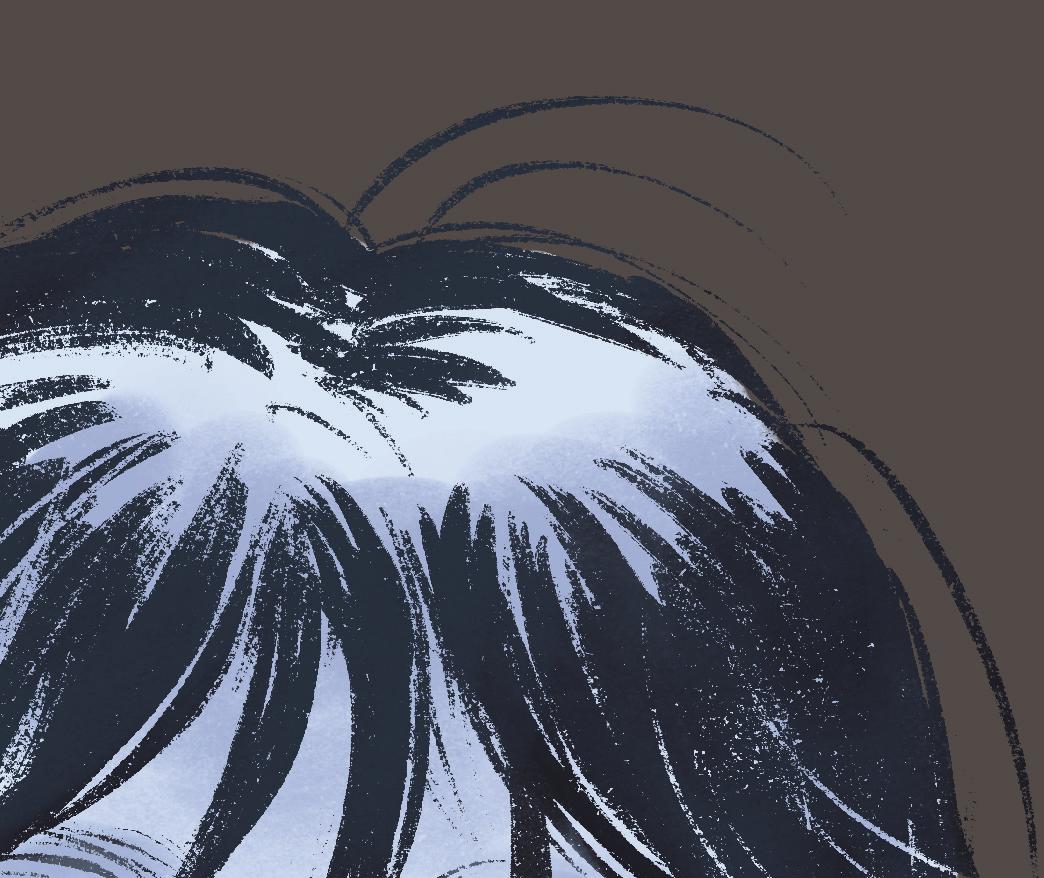
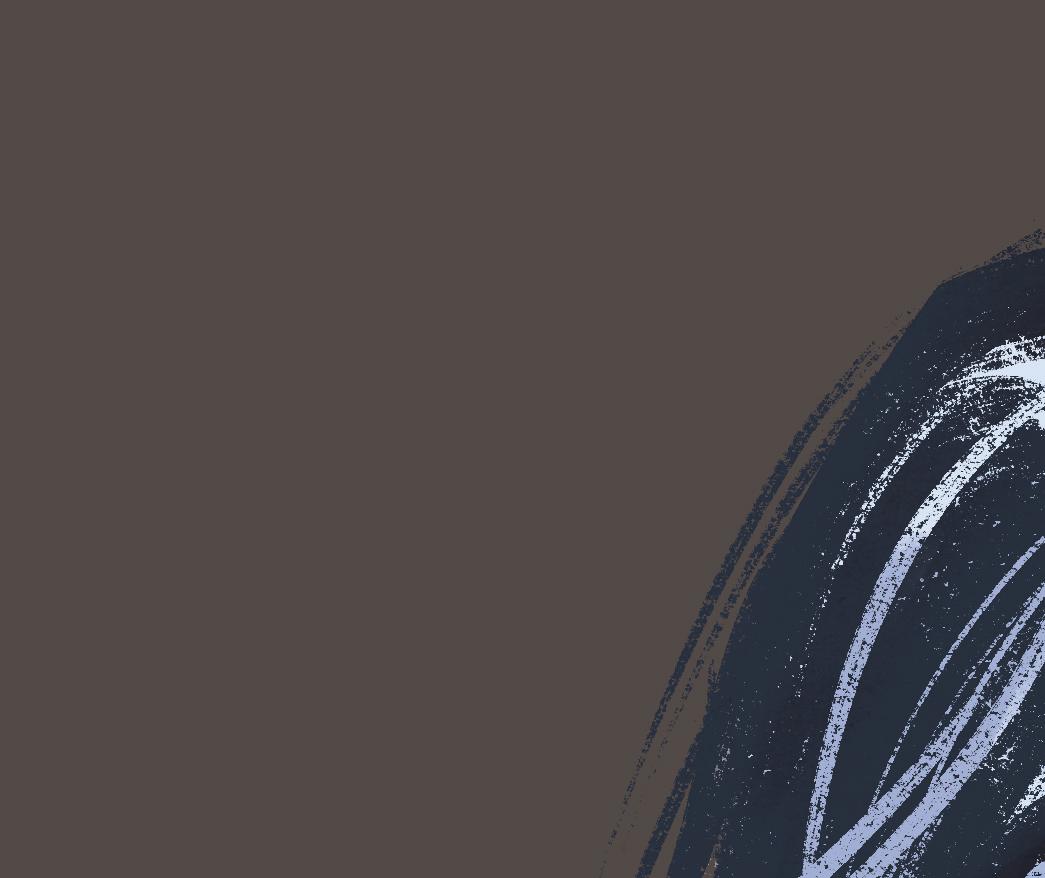
Vampires are beyond human comprehension. They are gory creatures that will not hesitate to take your human blood.
Gothic aesthetics that usually come along with vampires absolutely dominate Halloween.
Think of a haunted house. Many people likely picture a Victorian townhouse on a hill, run down with cobwebs, boarded windows and plenty of bats.
Without vampires, it definitely would not be that way. Their origins in Transylvanian folklore and history made them central to gothic horror.
Count Dracula, a horrifying menace, is the most famous vampire because of Bram Stoker’s 1897 literary masterpiece “Dracula.”
What makes the Count so scary is his ability to constantly evolve with the fears of society, according to an Oct. 30, 2008 NPR article.
Dracula was loosely based on Vlad the Impaler, ruler of Wallachia (modern-day Romania) in the 1400s, who was responsible for up to 80,000 civilian deaths.
He was nicknamed for his excessive use of torturing and impaling his victims and is arguably the most dreaded man in Transylvanian history, according to a Oct. 31, 2013 NBC article.
The 1931 film “Dracula” shows him representing what many of the depression-era, middle-class Americans feared the most – a wealthy European aristocrat hungry
for power, according to an Oct. 28 2016 PBS article.
On the other hand, the 1958 version of “Dracula” was largely about the fears many U.S. citizens felt during the Cold War, with a Dracula that is purely evil and sociopathically apathetic.
Vampires are also one of the most versatile monsters when it comes to media. There are countless variations and spins on the frightening mythical creatures. A monster that isn’t scary would not have lasted and stayed within popular culture for more than 130 years. Even today, vampires are inescapable in the realm of popular culture.

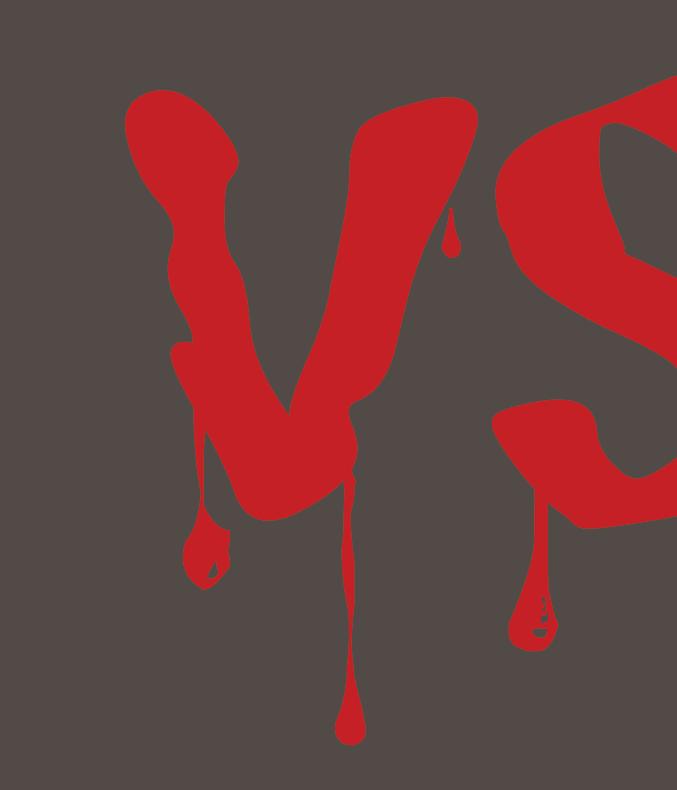
Vampires are beyond human comprehension. They are gory creatures that will not hesitate to take your human blood.
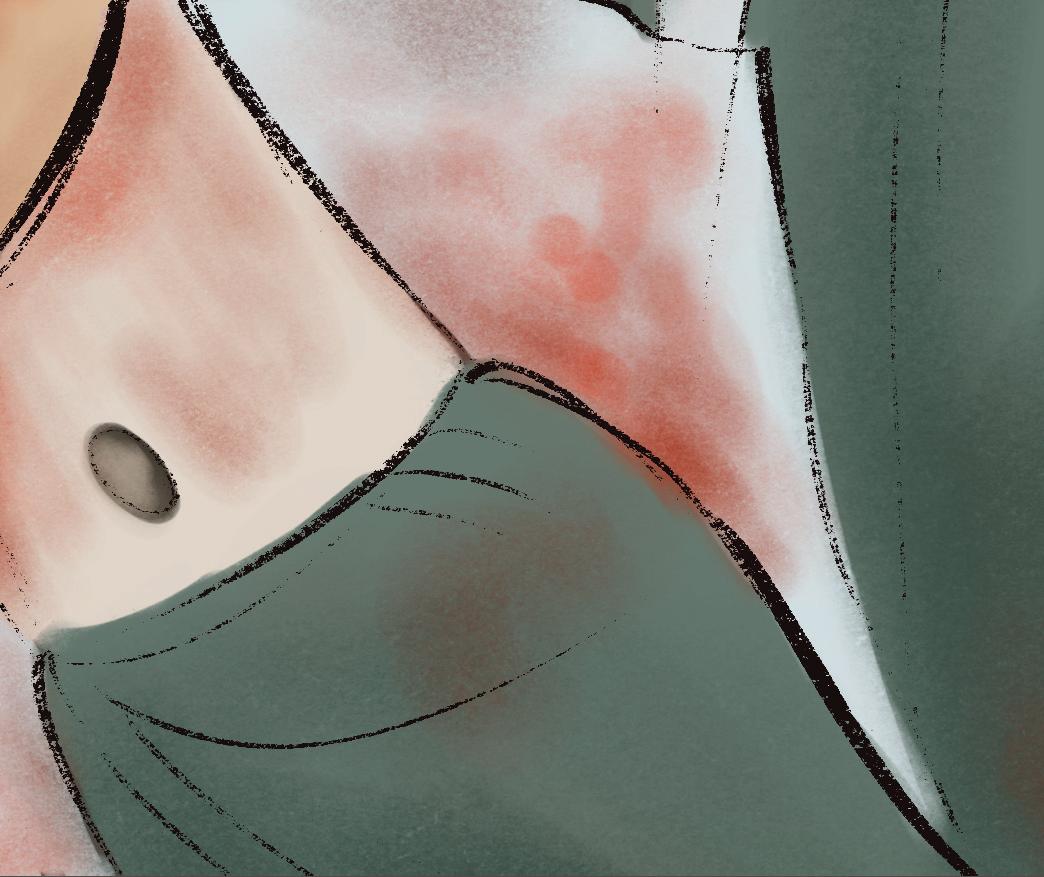
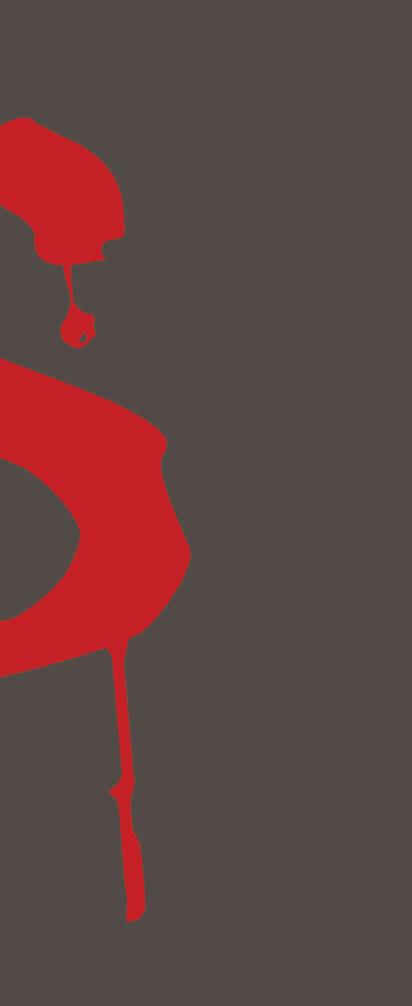
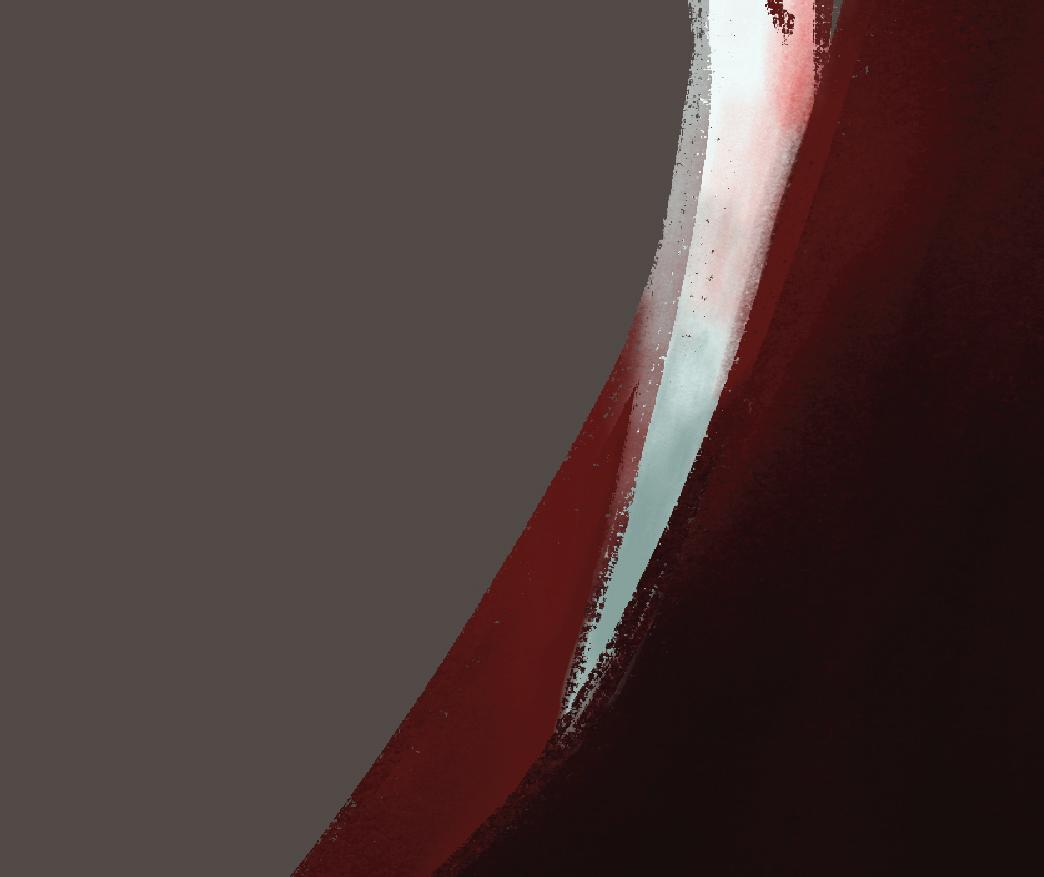
The “Twilight” film saga, which began in 2008, is based on the books by Stephenie Meyer. The five-film series cemented itself as one of the biggest crazes of teenage girls in the early 2010s.
I don’t think there was anything as scary as the debate between the vampire Edward versus the werewolf Jacob because of how fanatic the fans were.
The series in total made more than $3.3 billion in the box office, according to a July 21, 2021 Forbes article. Not to mention hit shows including the 1997’s “Buffy the Vampire Slayer” and 2009’s “The Vampire Diaries,” both of which portrayed romantic relationships with the blood-sucking fiends.
That exemplifies a strangely sinister side of vampires, one in which they use affection to enable them to sustain their lives.
Teenage girls are not fighting over pairing a girl with Frankenstein’s monster or a mummy.
The way vampires have changed our culture around scary monsters proves that they are the best – and therefore the scariest Halloween creature.
Sam Dietz A&E EDITORAs a child, the eerie breathing coming from my closet would leave me wide awake at odd hours of the night.
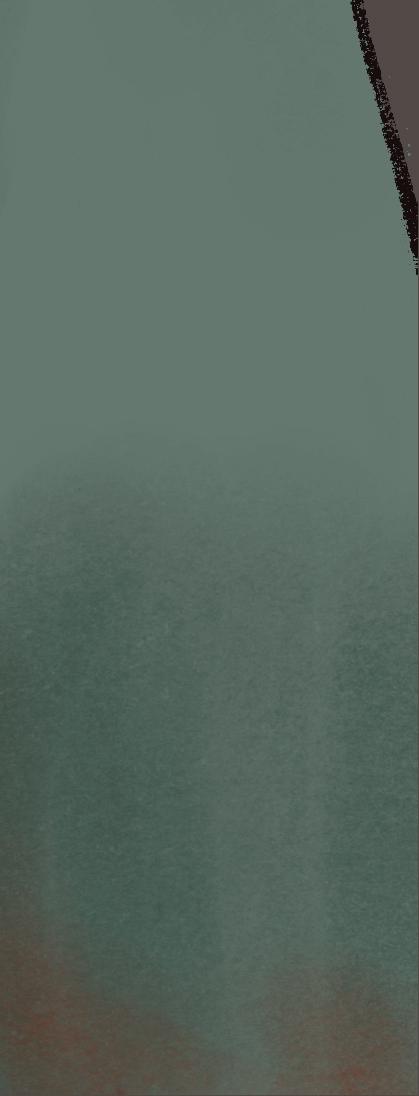
Even after moving out of my childhood home eight years ago, I can still hear the small, heavy gasps that came from the realm beyond my closet doors.
Perhaps there was some crazy criminal who broke out of jail who had asthma and shimmied his way under my room to escape the cops. More than likely, somewhere between the worlds of dreamland and being awake my ears were tricking me.
As an adult, I can think logically about the situation. It must have been air blowing through the deck and into my closet through a vent.
Those noises however, happened randomly through the years and only occurred when I was awake.
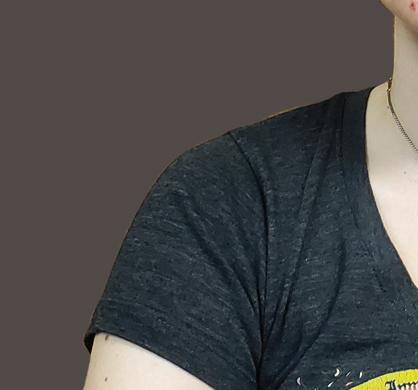
Before you think I had a sleep-paralysis episode, which is a temporary inability to move right after sleeping or waking up and can cause hallucinations according to the sleep foundation’s webpage, my younger sister Kara heard it too.
She was the one who first brought up the ghost from her closet when she was 14 years old.
As a family of good, God-fearing Christians, my sister and I were brought up believing in the afterlife– be it heaven, hell or somewhere in between.

The idea of the soul continuing to linger after death in a great beyond has existed in every century. Ghosts are believed to be created from a gruesome, tragic and sometimes instant death.
Some believe that the cause of death creates a negative imprint for the ghost, making them repeatedly relive their trauma, according to a Nov. 15, 2019 article by Haunted Orange County, a haunt tourist attraction.
The sounds of suffering that came from my closet still send
tremors through my brain. From the age of 8 until 19 years old, the labored breathing continued. As quickly as it began, it would stop, only to resurface again weeks or months later.
The hellish thought of forever being in a state of anguish is enough to keep anyone hiding under their covers for their entire natural lives.
Haunting is a way of making a ghost’s desires known, according to Anthropology News, the American Anthropological Association’s magazine. A ghost lingering in one place is usually tied to where they resided while they were still alive.
Signs of a ghost haunting may include items moving without being touched, lights flickering and some say they hear wails of torment and pain when residing in a place where someone tragically died.
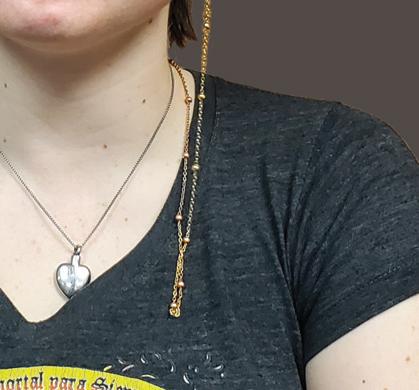
The sounds of suffering that came from my closet still send tremors through my brain.
Though I couldn’t see who was in my closet all those years ago, the feeling of being watched weighed heavy. Being watched by something you can’t physically see but feel the presence of only made it more terrifying for me to sleep.
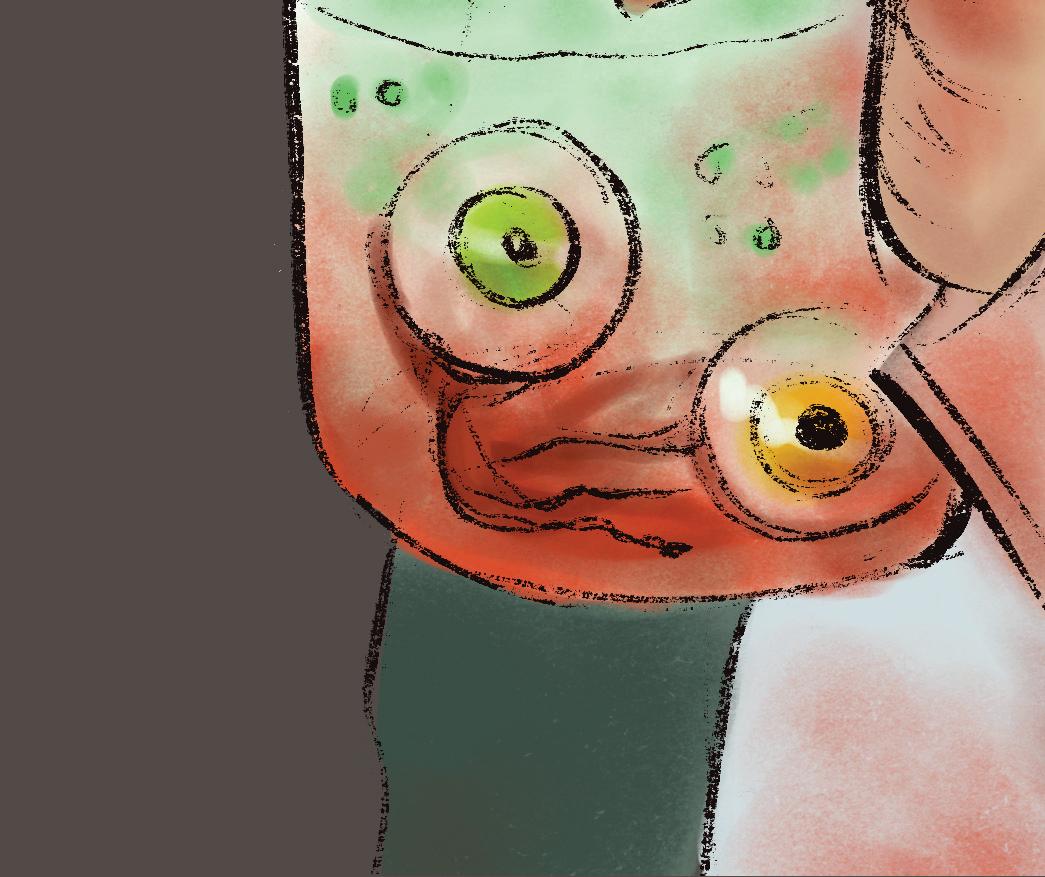
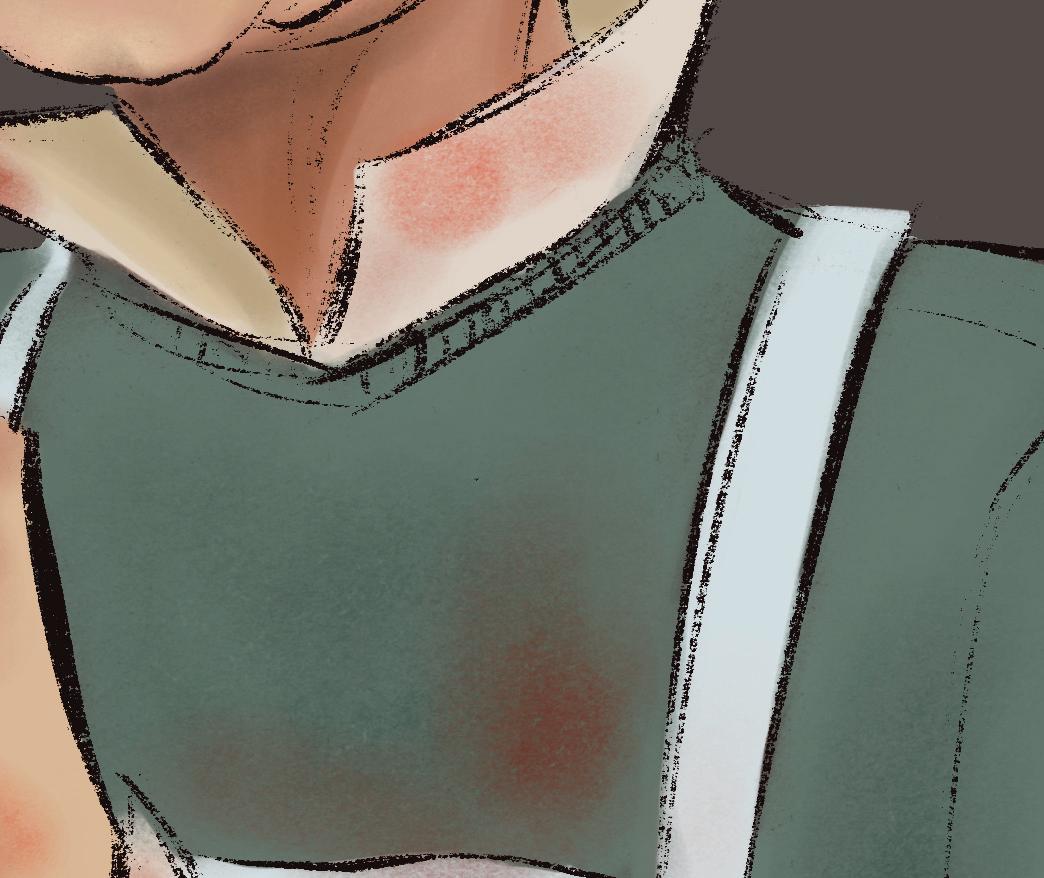
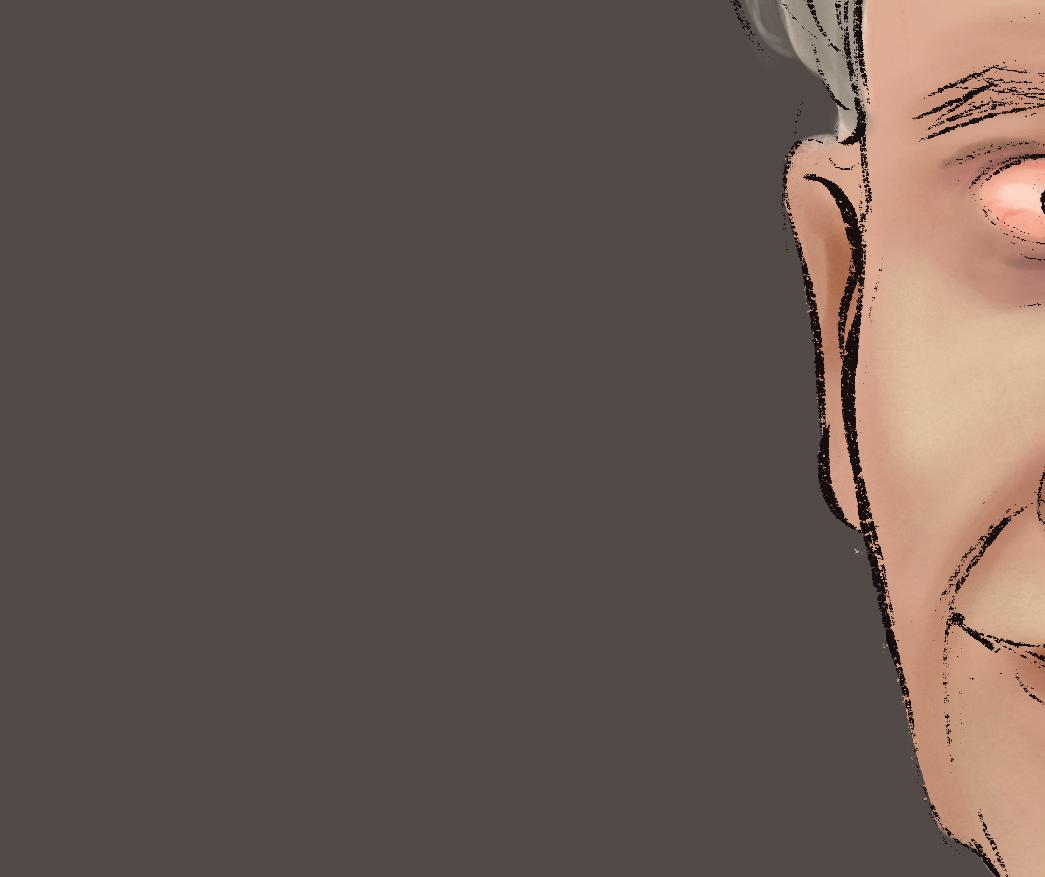

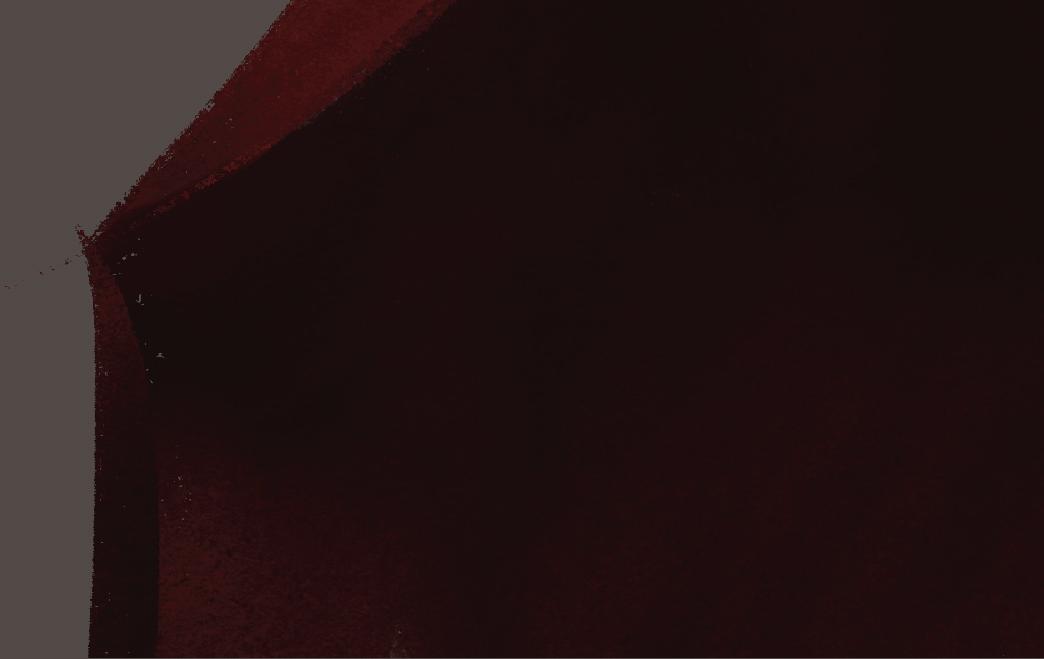
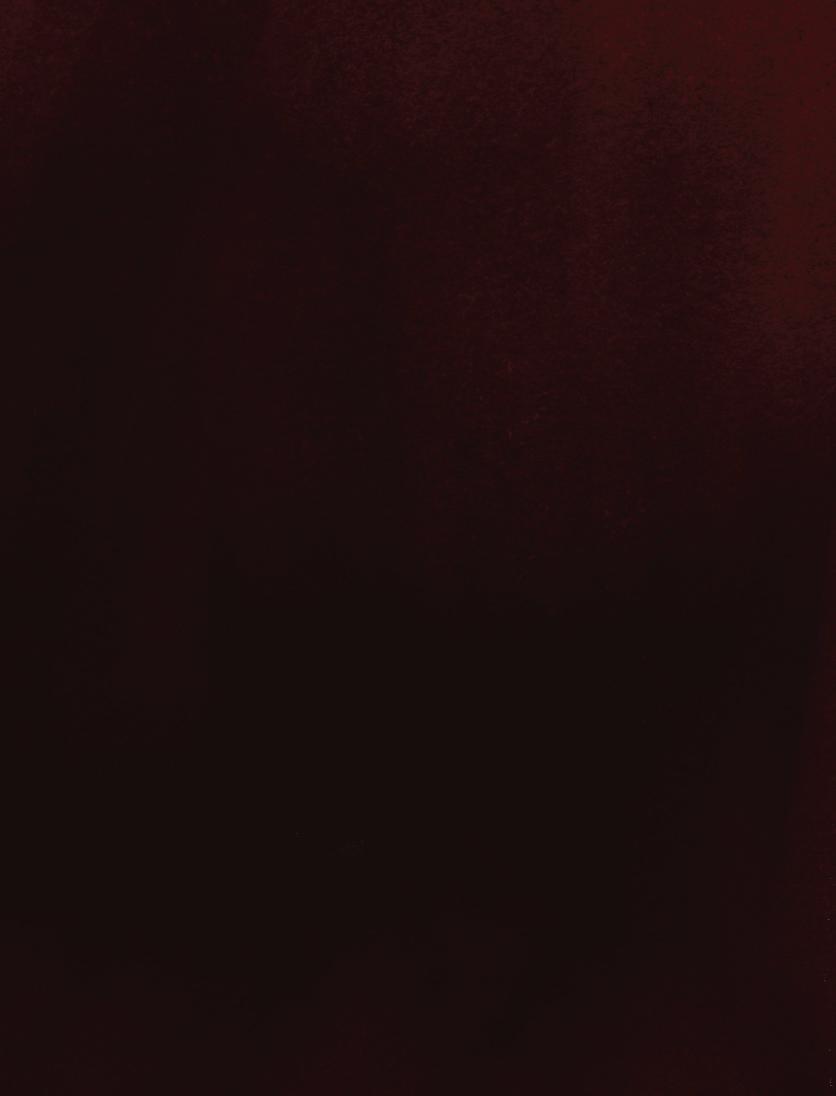
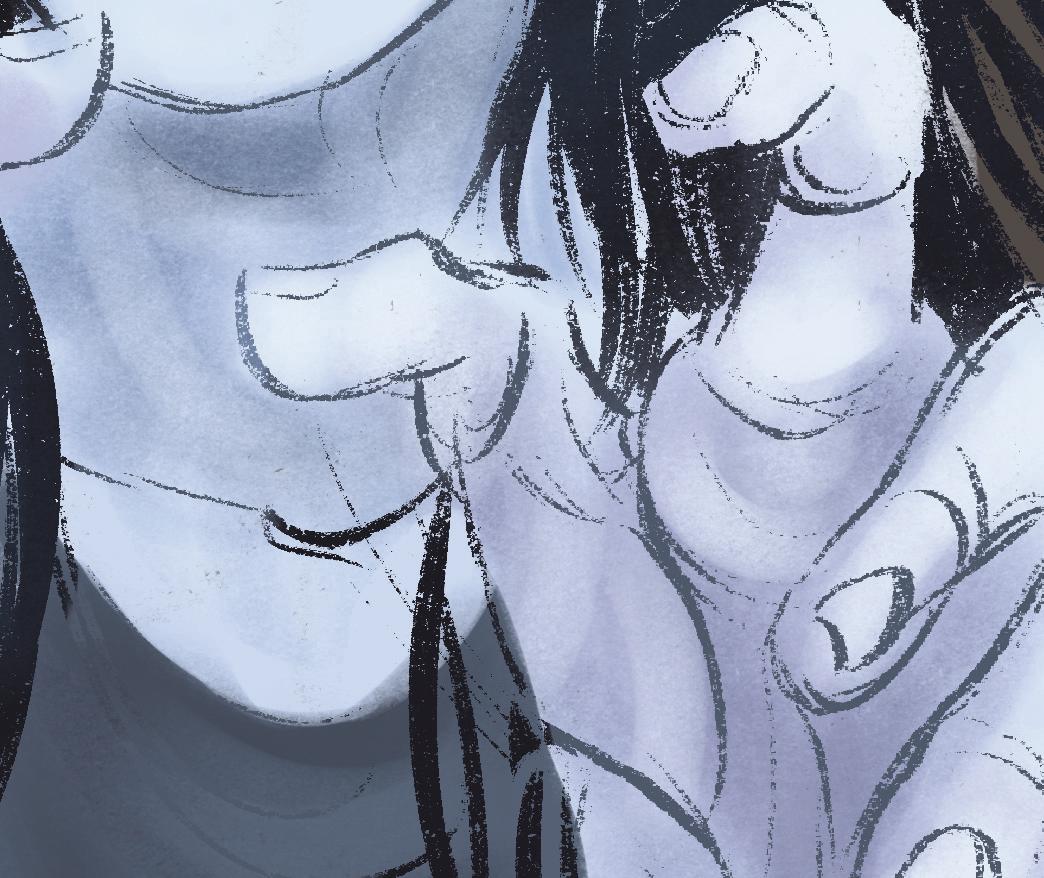
Turning my lights on and physically ripping apart my closet never revealed anything, and as soon as the lights were turned off and I settled in bed, the breathing would continue.

The feeling of being perpetually watched brings paranoia to many.
As many as 94% of people reported they have experienced the feeling of being watched and turned around to find out someone was watching them, according to an article by Nuffield Department of Clinical Neurosciences, a science and health website.

Every creek in the house, every twig that snaps outside and every bump in the night could send you into a panic when you feel you’re being watched.
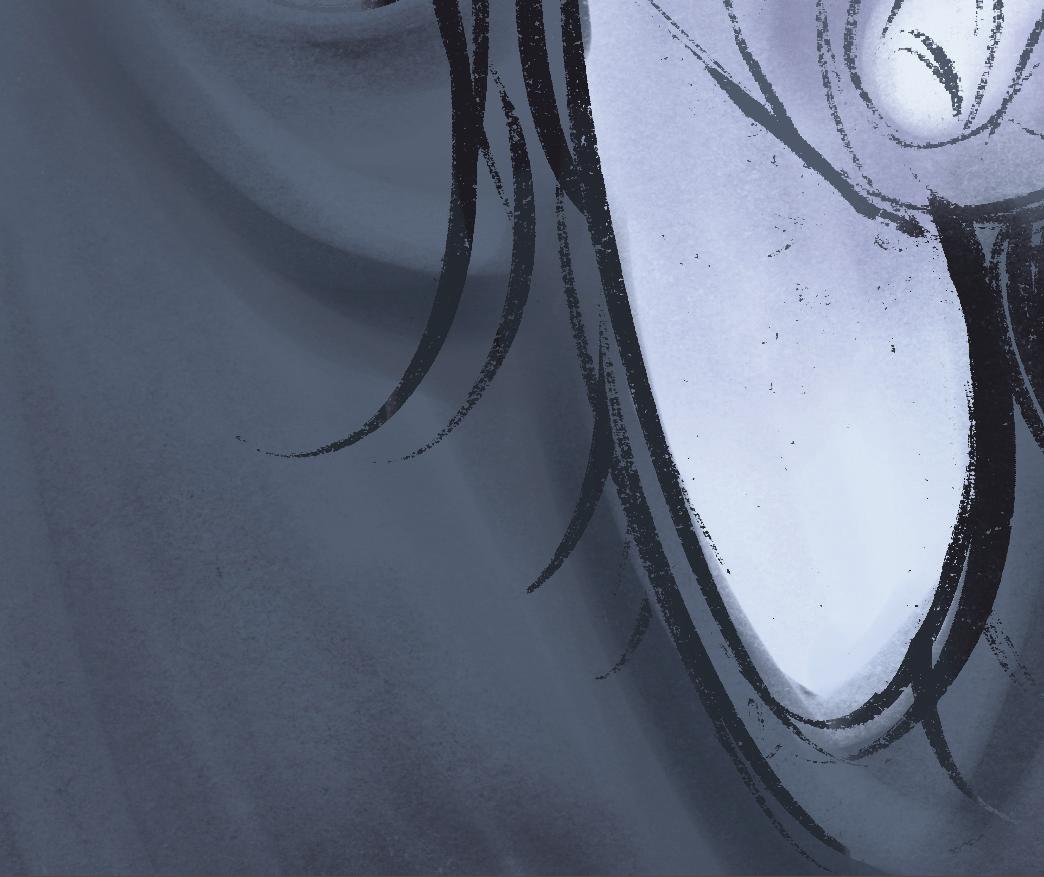
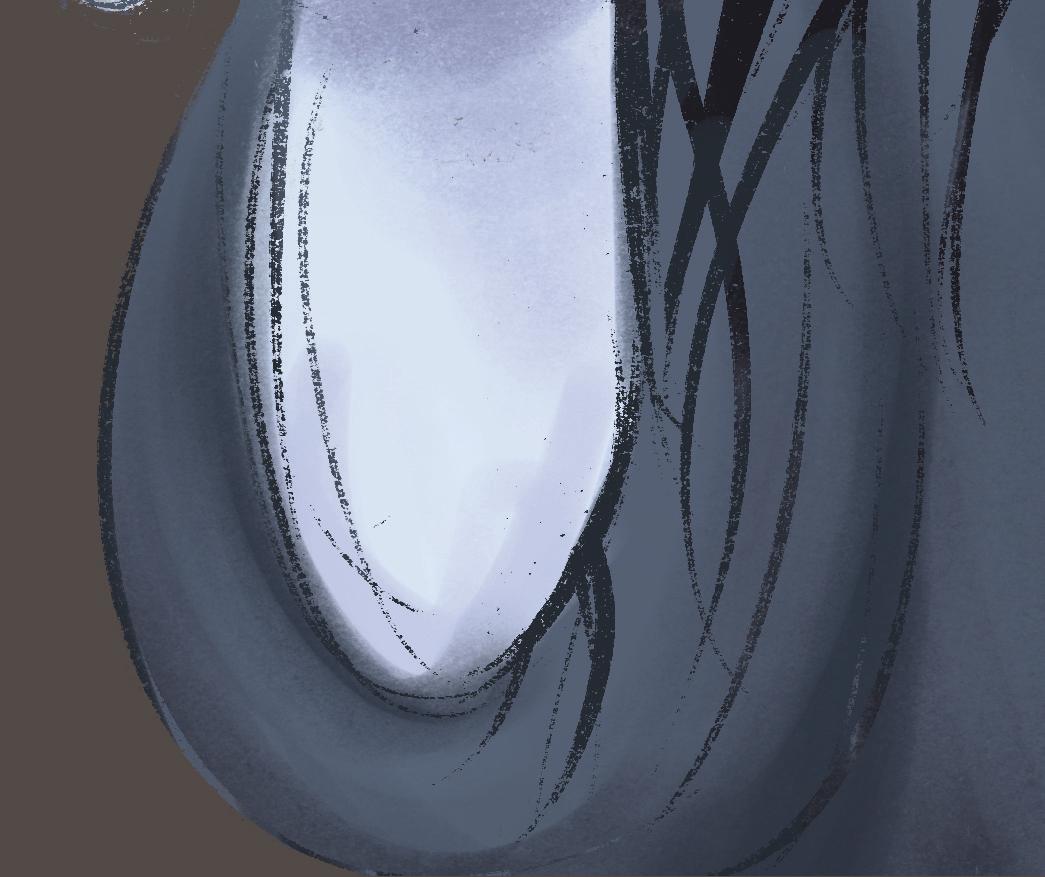
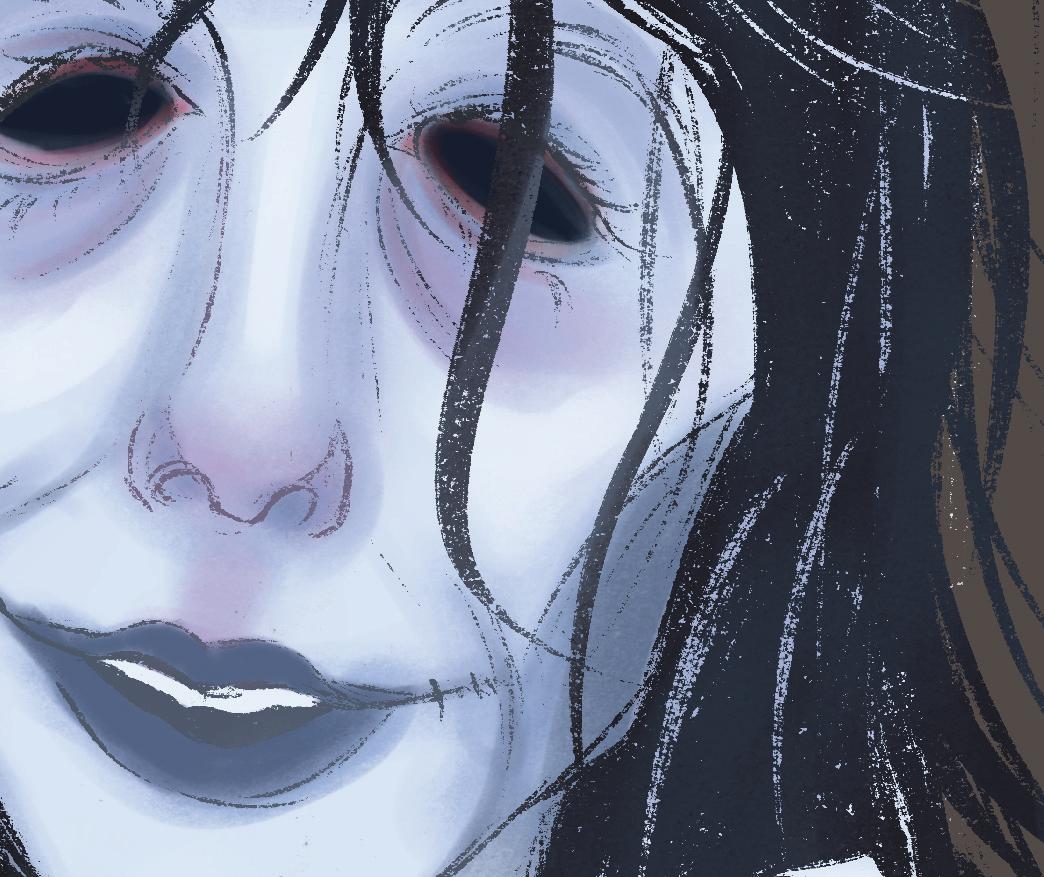

Terrors sear themselves into our minds.
Now, nearing 30, I still make the assumption that ghosts don’t exist and only belong to stories being told around the campfire.
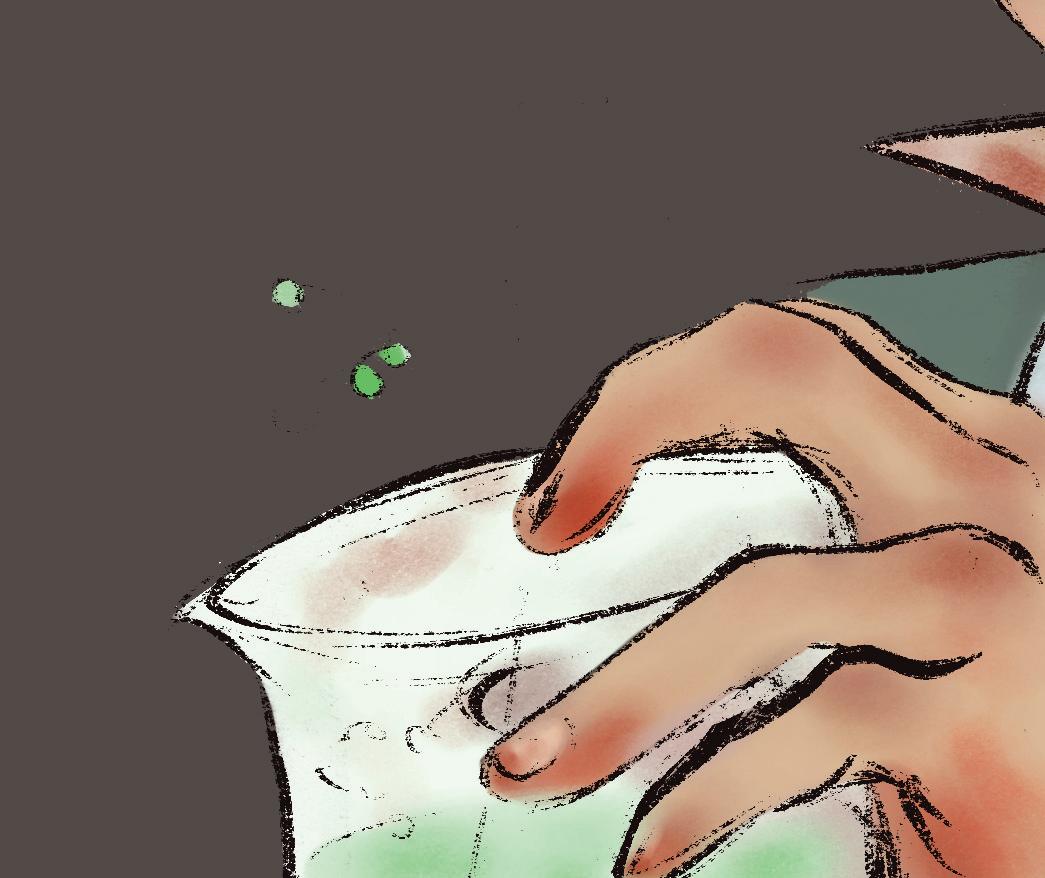
And then I remember the breathing.
